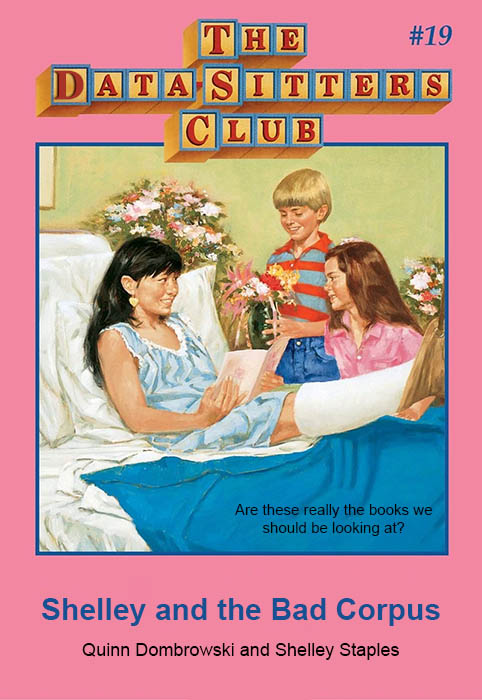Final Project Milestone 2: Carving Time & Energy Project Plan – Submit Project Plan as a google doc or google spreadsheet based on this model by February 11 midnight via email to professor.
Note: This week instead of zoom office hours on Wednesday, I will hold office hours right after class on February 12 2-4PM (outdoors, if the weather is good) of Northern Lights. Please come on by, with your group or on your own.
Readings
Complete readings and post your response by Friday February 9. Post a peer comment by Sunday February 11.
- Bode, Katherine. “What’s the Matter with Computational Literary Studies.” Critical Inquiry 49, no. 4 (Summer 2023). https://doi.org/10.1086/724943 PDF
- (A preview for our in class practice) DSC #6 by Katherine Bowers: Voyant’s Big Day
- (The research question iteration) DSC #19 by Quinn Dombrowski and Shelley Staples: Shelley and the Bad Corpus
- Watch: Miriam Posner’s Video “Text Analysis: A Walking Tour of What People are Using in Digital Humanities Right Now”
Preparation for Class 6
- For class we will focus on Voyant Tools and this dataset, download the dataset here. Optional, bring your own dataset in .txt file format
- Explore and follow along some of the tutorials in Melanie Walsh’s Introduction to Cultural Analytics & Python” – Preview for example the series of lessons on Text Analysis to see the different approaches. Figure out your own relationship to ‘coding’.)

Leave a comment